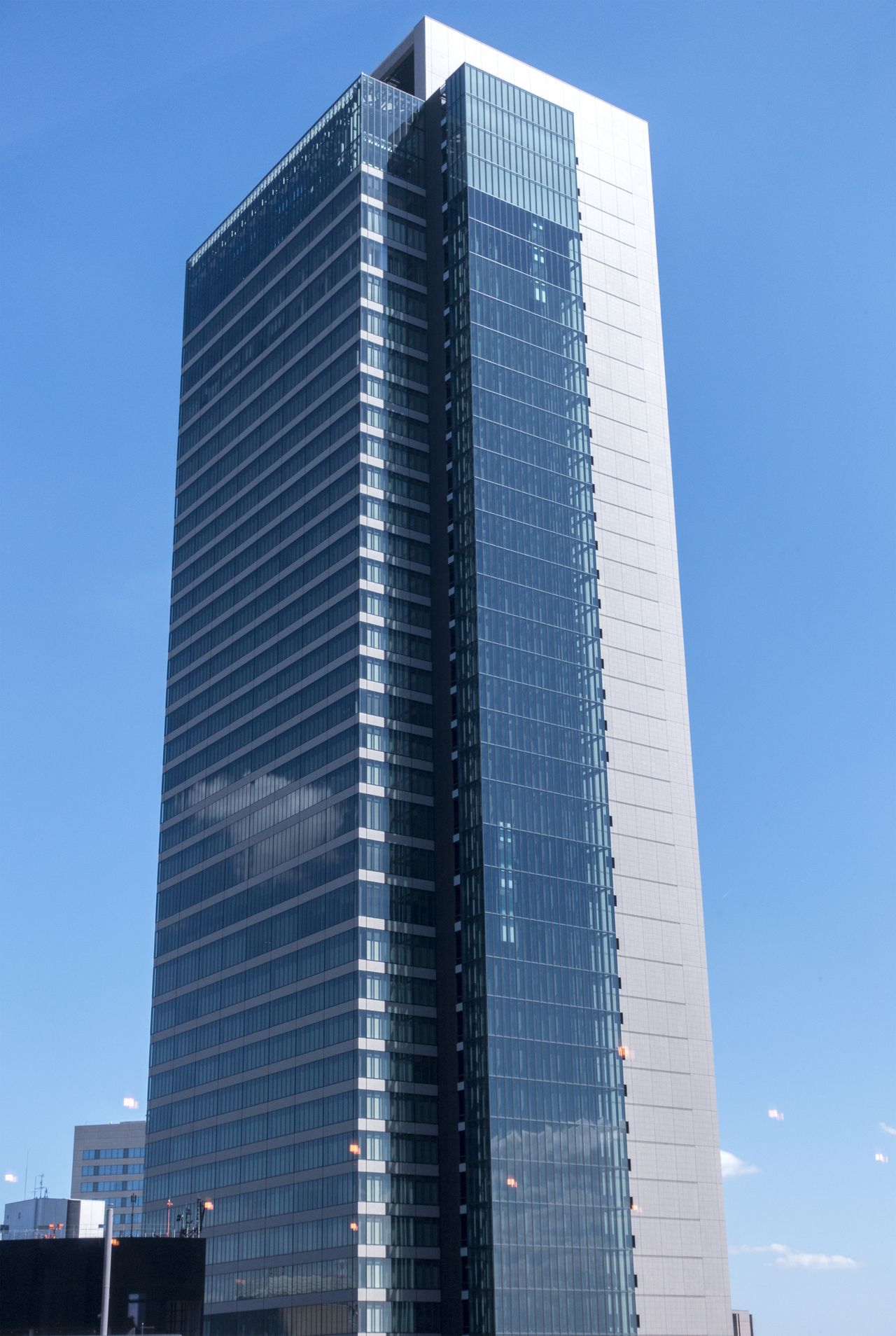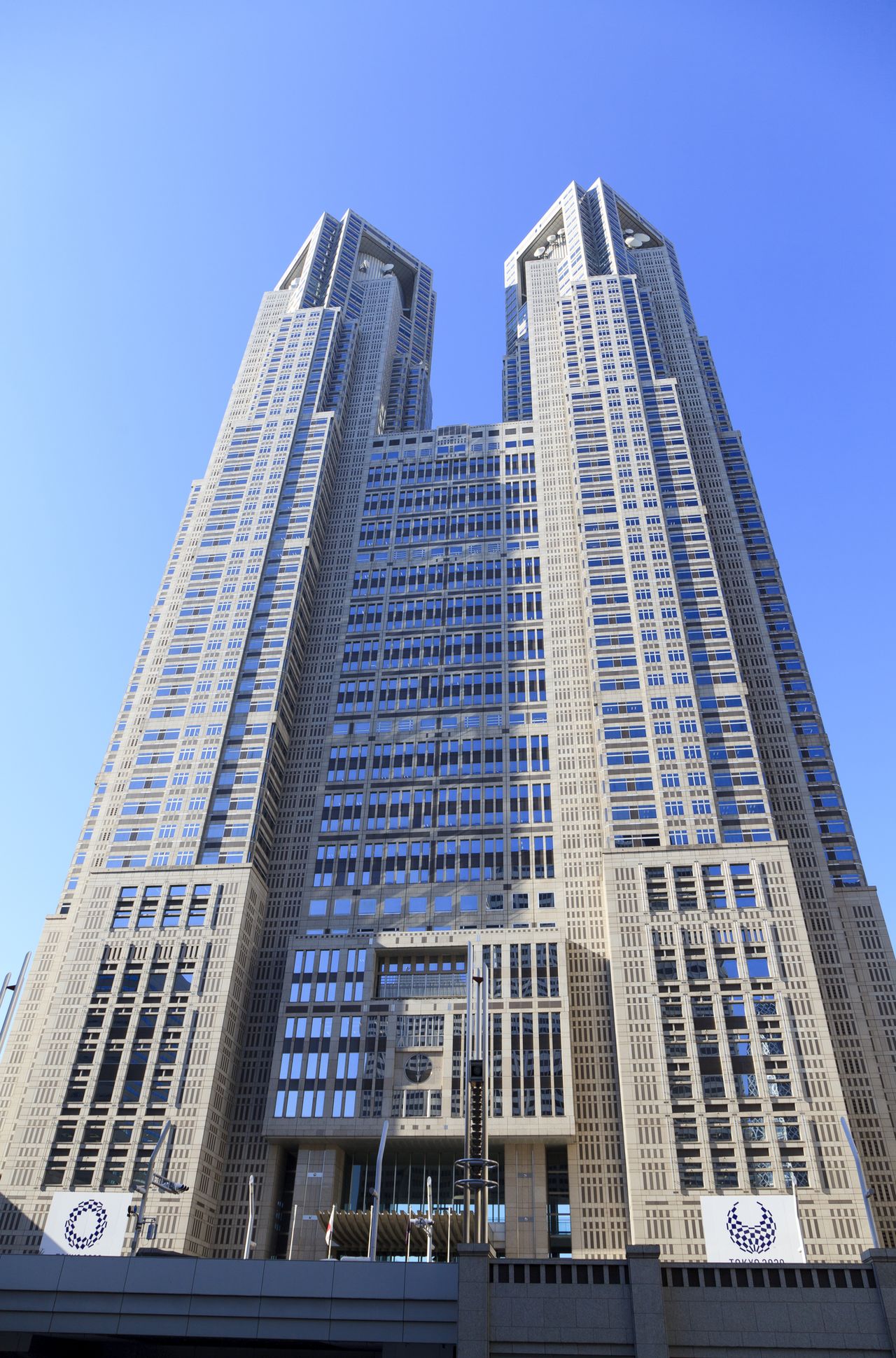
Japan’s Tallest Skyscrapers
Economy Travel- English
- 日本語
- 简体字
- 繁體字
- Français
- Español
- العربية
- Русский
The completion of Azabudai Hills Mori JP Tower on November 24, 2023, means that it is now Japan’s tallest skyscraper at 330 meters. Although impressive by Japanese standards, it is less than half the height of Burj Khalifa in Dubai, the United Arab Emirates, which at 828 meters is the world’s tallest building.
It’s worth noting that “skyscrapers” and other “buildings” are architecturally different from “structures” or “towers,” which can include things like Tokyo Skytree (634 meters) and Tokyo Tower (333 meters).
Azabudai Hills Mori JP Tower will only remain as number one for a few years. The Torch Tower in Tokyo is set to seize the crown for Japan’s tallest building when it is completed in 2027, at a height of 390 meters.
1: Azabudai Hills Mori JP Tower, 330 m
- Location: Azabudai, Minato, Tokyo
- Outline: Completed in 2023, with 64 floors above ground and 5 below.
2: Abeno Harukas, 300 m
- Location: Abenosuji, Abeno Ward, Osaka.
- Outline: Completed in 2014, with 60 floors above ground and 5 below.
- Main Tenants: Harukas 300 (observation deck), Osaka Marriott Miyako Hotel, Kintetsu Department Store, Abeno Harukas Art Museum.
- Harukas is from the old Japanese word harukasu meaning “to brighten” or “to clear up.”
3: Yokohama Landmark Tower, 296 m
- Location: Minatomirai, Nishi Ward, Yokohama.
- Outline: Completed in 1993, with 70 floors above ground and 3 below.
- Main Facilities: Sky Garden (observatory), Royal Park Hotel, Landmark Plaza (shopping mall), Dockyard Garden.
- This landmark of a building in Yokohama’s Minatomirai was developed on the former site of Mitsubishi Heavy Industries’ local shipyard. Yokohama Ship Dock No. 2, the oldest existing stone-built commercial dock in Japan, has been restored and preserved as the Dockyard Garden, which serves as an event space, such as for live concerts.
4: Toranomon Hills Station Tower, 266 m
- Location: Toranomon, Minato, Tokyo
- Outline: Completed in 2023, with 49 floors above ground and 4 below.
- This is a multi-purpose tower integrated with Toranomon Hills Station on the Hibiya Line.
5: Rinkū Gate Tower Building, 256 m
- Location: Rinkūōraikita, Izumisano, Osaka.
- Outline: Completed in 1996, with 56 floors above ground and 2 below.
- Main Facilities: Osaka Rinkū International Conference Center, Oriental Suites Airport Osaka Rinkū (hotel).
- At the time it was being constructed, this tower was competing to be the tallest building in west Japan with the Osaka World Trade Center Building (now the Osaka Prefectural Government Sakishima Building). It won by 10 centimeters.
6: Osaka Prefectural Government Sakishima Building (Sakishima Cosmo Tower), 256 m
- Location: Nankōkita, Suminoe Ward, Osaka.
- Outline: Completed in 1995, with 55 floors above ground and 3 below.
- Main Facilities: Observatory, Osaka Prefectural Government (some departments), Sakishima Cosmo Tower Hotel (partially open).
- Built to act as the central facility for the Technoport Osaka project, aimed at promoting trade in the tertiary sector, funded partially by the municipality of Osaka. It opened as the Osaka World Trade Center Building in 1995; however, unable to attract tenants in the post-bubble period, the business went bankrupt. In 2010, it was acquired by Osaka Prefectural Government and is used as an office building.
7: Toranomon Hills Mori Tower, 255.5 m
- Location: 1-23-1 Toranomon, Minato, Tokyo.
- Outline: Completed in 2014, with 52 floors above ground and 5 below.
- Main Tenants: Andaz Tokyo (Hyatt hotel concept), offices, residential space.
8: Midtown Tower, 248.1 m
- Location: 9-7-1 Akasaka, Minato, Tokyo.
- Outline: Completed in 2007, with 54 floors above ground.
- Main Tenants: The Ritz-Carlton, Tokyo; offices.
9: Midland Square, 247 m
- Location: Meieki, Nakamura Ward, Nagoya.
- Outline: Completed in 2006, with 47 floors above ground and 6 below.
- Main Facilities: Sky Promenade (observatory), offices (mainly Toyota Nagoya), shopping mall.
10: JR Central Towers (Office Building), 245.1 m
- Location: Meieki, Nakamura Ward, Nagoya.
- Outline: Completed in 1999, this complex has an office building (245.1m, 51 floors) and a hotel building (226m, 53 floors).
- Main Facilities: Nagoya Marriott Associa Hotel, offices, JR Nagoya Takashimaya (department store).
- These towers opened the way for a skyscraper district around Nagoya Station.
11: Tokyo Metropolitan Government No. 1 Building, 243.4 m
- Location: 2-8-1 Nishishinjuku, Shinjuku, Tokyo
- Outline: Completed in 1991, with 48 floors above ground and 3 below.
- Designed by the architect Tange Kenzō, this was the tallest building in Japan when first built.
- It is popular with both domestic and overseas tourists, as unlike a lot of other skyscrapers, it is free to enter the observatory. On many clear, cold days from December to February, visitors can see Mount Fuji.
12: NTT Docomo Yoyogi Building, 239.9 m
- Location: Sendagaya, Shibuya, Tokyo.
- Outline: Completed in 2000, with 27 floors above ground and 3 below. (The top floors hold the technical equipment used to provide cellular telephone services).
- This is a private business building, so is not open to the public.
(Translated from Japanese. Banner photo: Nagoya Castle against the backdrop of Nagoya’s skyscraper district. © Pixta)












